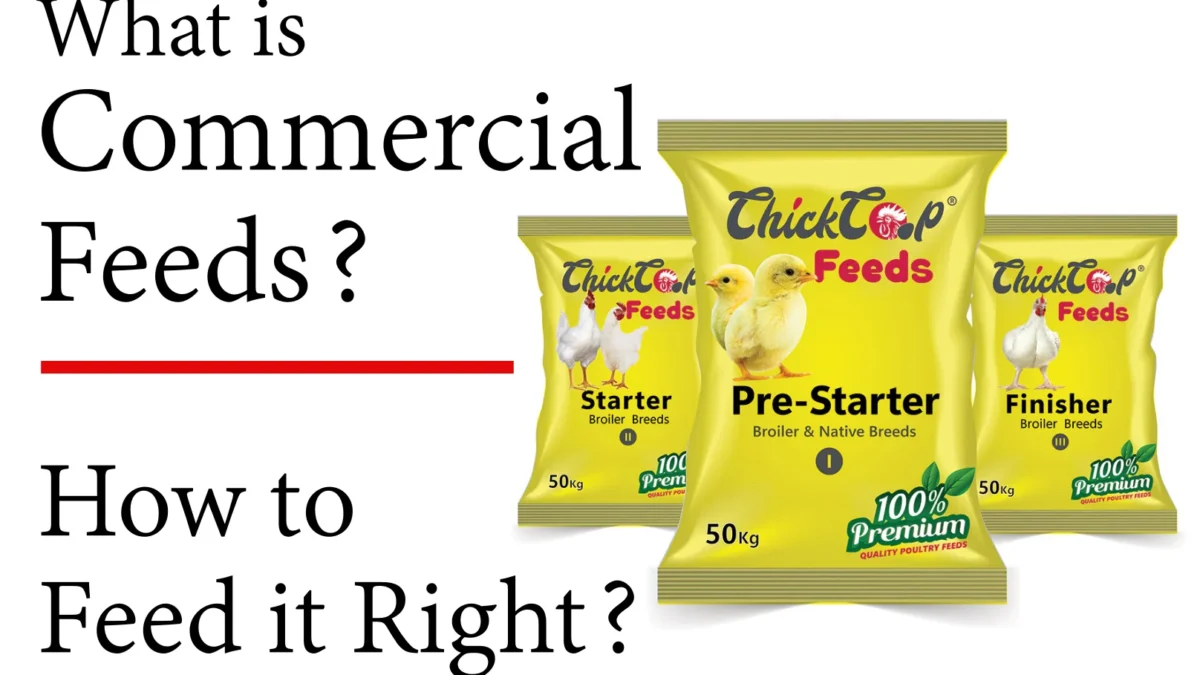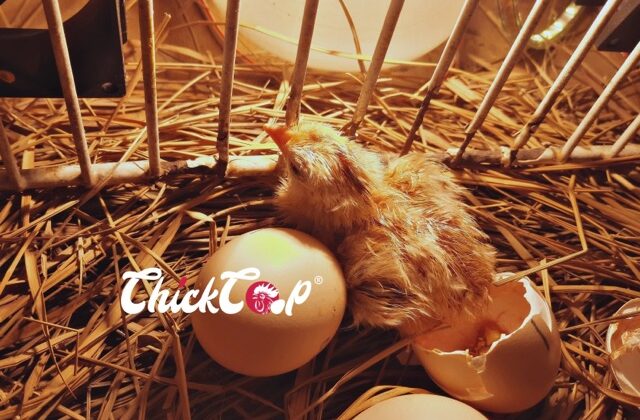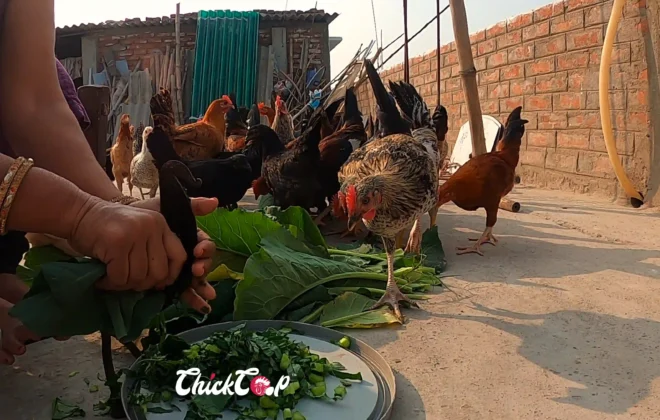
What is Commercial Feed?
Feeding your chickens the right diet is the cornerstone of a productive and healthy flock. For most poultry keepers, whether running a commercial farm or raising backyard hens, commercial rations offer a convenient, balanced solution. These pre-packaged feeds are carefully formulated to meet all the nutritional requirements of chickens at different life stages, ensuring growth, health, and consistent production.
Why Commercial Ration Matters
Chickens, like all animals, have changing nutritional needs as they grow. Chicks require higher protein levels to fuel rapid development, while adult layers need nutrients that support egg production and shell strength. Meat birds, on the other hand, thrive on rations designed for accelerated growth. Commercial rations take the guesswork out of poultry feeding by delivering the right balance of protein, vitamins, and minerals.
- Starter Feed: High in protein (18–20%) to support fast growth in chicks.
- Grower/Developer Feed: Balanced protein and energy to guide birds safely into maturity.
- Meat Bird Feed: Specialized rations for broilers and meat-focused breeds, boosting efficient growth.
- Layer Feed: Designed to support consistent egg production and hatchability, even in hot weather when hens naturally eat less.
Feed Forms: Mash, Pellets, and Crumbles
Commercial rations typically come in three forms:
- Mash – fine and soft, perfect for chicks.
- Pellets – compact, reduce waste, and encourage uniform consumption.
- Crumbles – a middle ground between mash and pellets, often preferred by layers.
Farmers often choose the feed form depending on flock size, breed, and feeding habits.
What’s Inside?
Most feeds include corn for energy and soybean meal for protein, but not all ingredients are created equal. For example, soy may carry residual solvents that interfere with nutrient absorption. This highlights one limitation of commercial feed: its uniformity. While convenient, it may not perfectly match every chicken’s individual nutritional needs. Birds with access to foraging and diverse food sources can often balance their diet more naturally.
Competitive Exclusion: The Gut Health Advantage
Nutrition isn’t just about protein and energy—it’s also about maintaining a healthy digestive system. A key concept here is competitive exclusion, which supports the growth of beneficial gut bacteria. A healthy gut microbiome strengthens immunity and helps chickens resist harmful pathogens.
Commercial feeds often incorporate probiotics to encourage good bacteria. But small-scale poultry keepers can also support gut health by adding apple cider vinegar to drinking water. This lowers the pH in the crop, creating an environment where beneficial bacteria thrive and harmful organisms struggle.
Complete Feed vs. Complete Protein
Complete Feed:
A commercial ration that claims to provide every nutrient a chicken needs for proper growth, egg production, and health.
Complete Protein:
A ration that includes all essential amino acids, the building blocks for muscle, tissue repair, and egg production.
For best results, poultry keepers often combine complete feed with occasional natural supplements, such as greens, grains, and probiotics, to enrich diversity in the diet.
Final Thoughts
Commercial rations provide an excellent foundation for poultry nutrition—convenient, balanced, and effective. However, no single formula fits all birds perfectly. Supporting feed with natural supplements and gut health practices can make a world of difference in flock productivity and resilience.
At ChickCoop®, we’re more than just a Chicken Company, writing interesting blogs about them– we’re your trusted partner in building a modernized, sustainable and profitable farm. From breed selection to buy-back support, feed guidance, and modern farm management tips, we ensure farmers like you achieve the best results and profits.
Call us today to discuss your farming needs
📧 Email us at: write@chickcoop.in
📞 Call us: +91-9939209699


